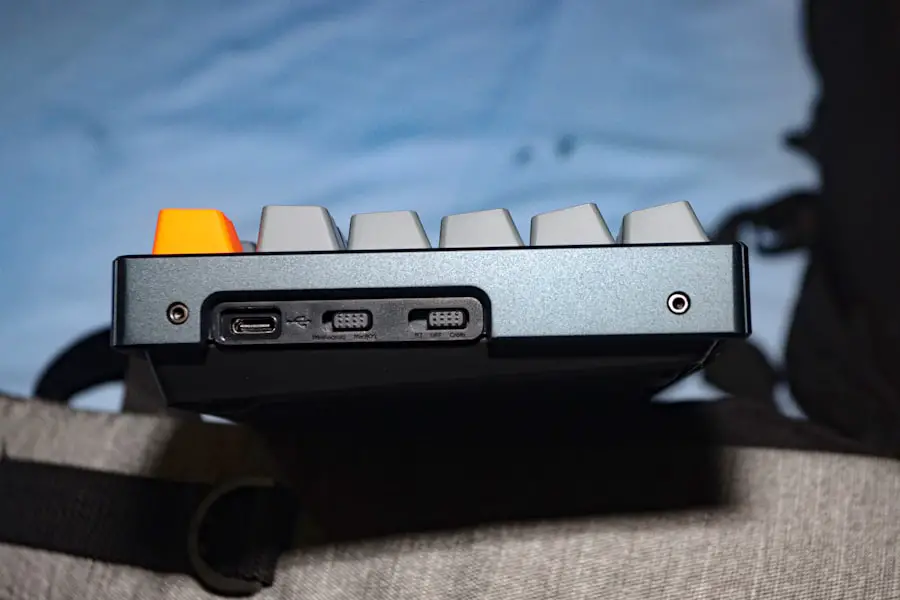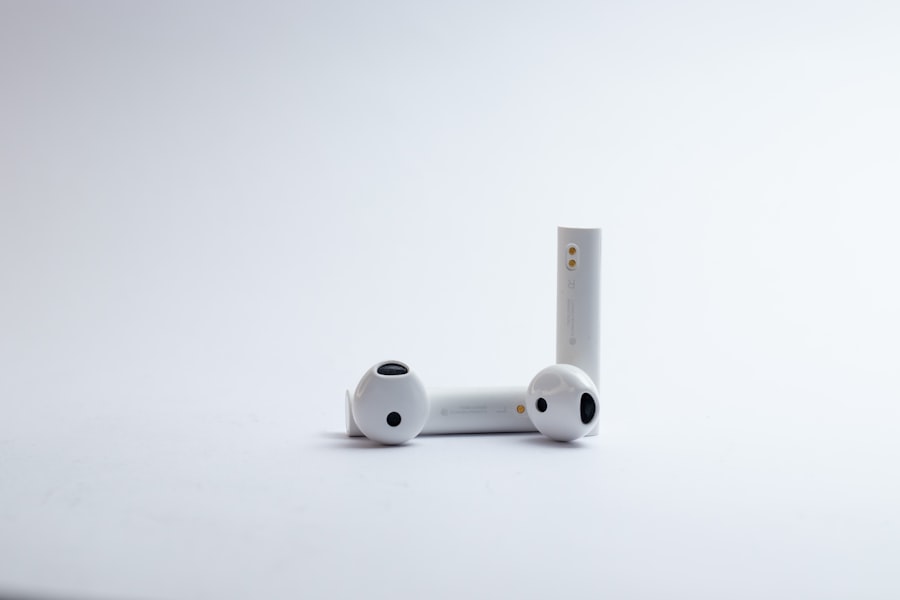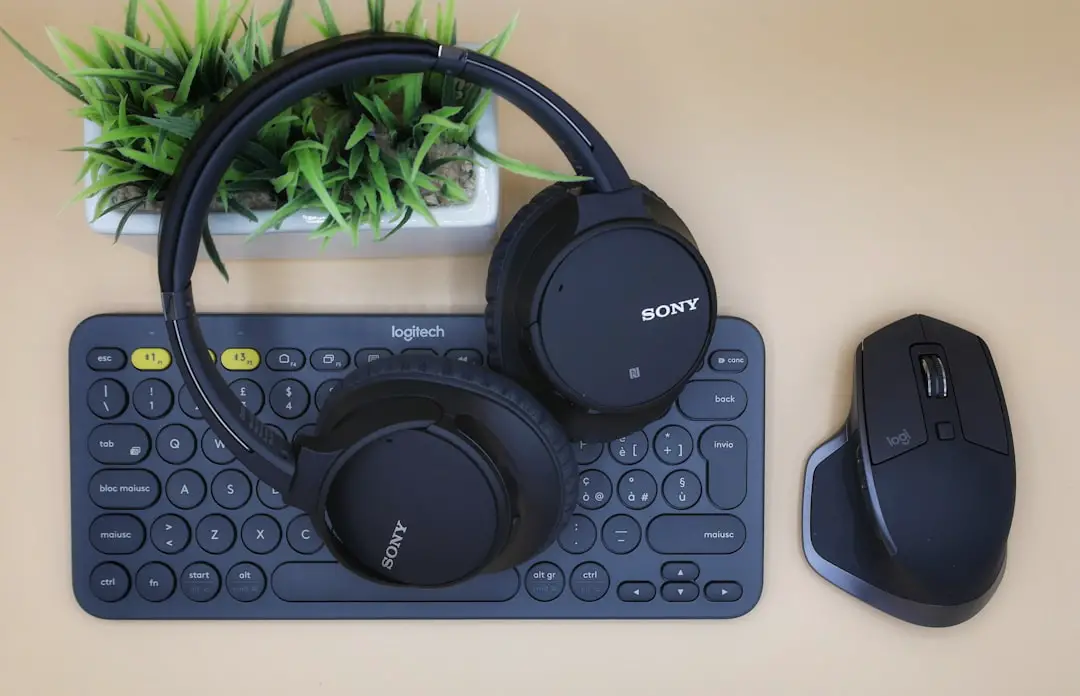Logitech has long been a prominent name in the realm of computer peripherals, particularly known for its high-quality mice that cater to a wide range of users, from casual consumers to professional gamers. The compatibility of Logitech mice with MacBooks is a topic of interest for many users who seek to enhance their computing experience. MacBooks, with their sleek design and robust operating system, offer a unique environment that can be optimized with the right accessories.
Logitech mice are designed to work seamlessly with macOS, providing users with an intuitive interface and advanced features that can significantly improve productivity and comfort. The integration of Logitech mice with MacBooks is not merely about basic functionality; it encompasses a variety of features that enhance user experience. For instance, many Logitech mice come equipped with customizable buttons, adjustable DPI settings, and ergonomic designs that cater to prolonged use.
This compatibility allows MacBook users to take full advantage of these features, making tasks such as graphic design, gaming, or general navigation more efficient and enjoyable. Understanding how to connect and optimize these devices can transform the way users interact with their MacBooks, leading to a more streamlined workflow.
Key Takeaways
- Logitech mice are compatible with MacBooks and offer both Bluetooth and USB connectivity options.
- Before connecting a Logitech mouse to a MacBook, it’s important to check for compatibility and ensure that the necessary requirements are met.
- Connecting a Logitech mouse to a MacBook via Bluetooth involves turning on the mouse, enabling Bluetooth on the MacBook, and pairing the devices.
- Connecting a Logitech mouse to a MacBook via USB simply requires plugging the USB receiver into the MacBook’s USB port.
- Installing Logitech Options software allows for customization of the mouse’s settings and features on a MacBook.
Checking Compatibility and Requirements
Before diving into the process of connecting a Logitech mouse to a MacBook, it is essential to verify compatibility and system requirements. Most modern Logitech mice are designed to work with macOS, but it is prudent to check the specifications of both the mouse and the MacBook model. Logitech’s official website provides detailed compatibility information for each mouse model, including which versions of macOS are supported.
Users should ensure that their MacBook is running a compatible version of macOS to avoid any potential issues during setup. In addition to software compatibility, hardware requirements should also be considered. For Bluetooth mice, the MacBook must have Bluetooth capabilities enabled, which is standard in all recent models.
For USB mice, users need to ensure that they have the appropriate ports available on their MacBook. With the transition to USB-C ports in newer MacBook models, users may require an adapter for older USB-A mice. By confirming these compatibility factors beforehand, users can save themselves from frustration during the connection process.
Connecting Logitech Mouse to MacBook via Bluetooth

Connecting a Logitech mouse to a MacBook via Bluetooth is a straightforward process that enhances the user experience by eliminating the need for cables. To begin, users should ensure that their Logitech mouse is powered on and in pairing mode. Most Logitech mice have a dedicated button or switch that activates Bluetooth pairing.
Once the mouse is ready, users can navigate to the Bluetooth settings on their MacBook by clicking on the Apple menu, selecting “System Preferences,” and then choosing “Bluetooth.” In the Bluetooth settings window, users will see a list of available devices. The Logitech mouse should appear in this list as it enters pairing mode. By clicking on the “Connect” button next to the mouse’s name, the MacBook will establish a connection.
Once connected, users can test the mouse’s functionality by moving it around and clicking buttons. If the connection is successful, the mouse will be ready for use immediately. This wireless setup not only provides convenience but also helps maintain a clean workspace free from tangled cables.
Connecting Logitech Mouse to MacBook via USB
| Step | Description |
|---|---|
| 1 | Turn on your MacBook |
| 2 | Plug the USB receiver into an available USB port on your MacBook |
| 3 | Wait for the MacBook to recognize the Logitech mouse |
| 4 | Your Logitech mouse is now connected and ready to use |
For those who prefer a wired connection or are using a USB mouse, connecting a Logitech mouse to a MacBook via USB is equally simple. Users should first identify the type of USB port available on their MacBook. Newer models predominantly feature USB-C ports, while older models may have USB-A ports.
If using a USB-A mouse with a newer MacBook, an adapter will be necessary to facilitate the connection. Once the appropriate connection method is determined, users can plug the mouse into the USB port or adapter. The MacBook should automatically recognize the device without requiring any additional software installation.
Users can confirm this by moving the mouse; if the cursor responds on the screen, the connection has been successfully established. Wired connections often provide lower latency and consistent performance, making them ideal for tasks that require precision, such as gaming or graphic design.
Installing Logitech Options Software for Customization
To fully leverage the capabilities of a Logitech mouse on a MacBook, installing Logitech Options software is highly recommended. This software allows users to customize various settings and features of their mouse, tailoring it to their specific needs and preferences. Users can download Logitech Options from the official Logitech website or through the Mac App Store.
The installation process is straightforward; once downloaded, users simply follow the on-screen instructions to complete the setup. After installation, users can access Logitech Options from their Applications folder or through System Preferences. The software provides an intuitive interface where users can adjust settings such as button assignments, scrolling speed, and pointer sensitivity.
Additionally, users can create profiles for different applications, allowing them to switch settings automatically based on the software they are using. This level of customization enhances productivity by enabling users to optimize their mouse for various tasks, whether it be editing documents or playing video games.
Troubleshooting Common Connection Issues

Despite the generally seamless integration between Logitech mice and MacBooks, users may occasionally encounter connection issues. One common problem is when the mouse fails to connect via Bluetooth. In such cases, users should first ensure that Bluetooth is enabled on their MacBook and that the mouse is in pairing mode.
If these conditions are met and the issue persists, restarting both devices can often resolve connectivity problems. Another frequent issue arises when using a wired connection; sometimes, the mouse may not be recognized by the MacBook. Users should check that the USB port is functioning correctly by testing it with another device or using a different port if available.
Additionally, ensuring that any necessary adapters are functioning properly is crucial for establishing a stable connection. If problems continue after these troubleshooting steps, consulting Logitech’s support resources or forums may provide further assistance.
Tips for Optimizing Logitech Mouse Performance on MacBook
To maximize the performance of a Logitech mouse on a MacBook, several tips can be implemented that enhance usability and efficiency. First and foremost, adjusting pointer speed and acceleration settings through System Preferences can significantly improve navigation accuracy. Users who frequently engage in graphic design or gaming may benefit from fine-tuning these settings to achieve optimal responsiveness.
Another effective way to enhance performance is by utilizing customizable buttons on the Logitech mouse through Logitech Options software. Assigning specific functions or shortcuts to these buttons can streamline workflows and reduce reliance on keyboard shortcuts. For instance, users can set one button to open frequently used applications or perform specific actions within software programs like Adobe Photoshop or Microsoft Excel.
Additionally, keeping firmware updated is essential for maintaining optimal performance and compatibility with macOS updates. Regularly checking for updates through Logitech Options ensures that users benefit from any enhancements or bug fixes released by Logitech.
Conclusion and Final Thoughts
The integration of Logitech mice with MacBooks offers users an opportunity to enhance their computing experience significantly. By understanding compatibility requirements and mastering connection methods—whether through Bluetooth or USB—users can enjoy seamless functionality tailored to their needs. The installation of Logitech Options software further amplifies this experience by providing customization options that cater specifically to individual workflows.
While occasional connection issues may arise, they are typically manageable with basic troubleshooting techniques. By following best practices for optimizing performance and keeping devices updated, users can ensure that their Logitech mouse operates at peak efficiency alongside their MacBook. Ultimately, this combination of high-quality hardware and thoughtful customization empowers users to work smarter and more effectively in their digital environments.
If you are looking for more information on how to connect your Logitech mouse to your MacBook, you may want to check out this article on appssoftwares.com. They provide helpful tips and step-by-step instructions on how to successfully pair your Logitech mouse with your MacBook. This article can be a great resource for troubleshooting any issues you may encounter during the setup process.
FAQs
How do I connect a Logitech mouse to my MacBook?
To connect a Logitech mouse to your MacBook, you can use either a USB receiver or Bluetooth. If your Logitech mouse comes with a USB receiver, simply plug it into your MacBook’s USB port. If your Logitech mouse is Bluetooth-enabled, go to System Preferences > Bluetooth on your MacBook, turn on the mouse, and follow the on-screen instructions to pair it with your MacBook.
Do I need to install any software to connect a Logitech mouse to my MacBook?
In most cases, you do not need to install any additional software to connect a Logitech mouse to your MacBook. The basic functionality of the mouse should work plug-and-play. However, if you want to customize the mouse buttons or settings, you may need to download Logitech’s software from their website.
Can I use a Logitech wireless mouse with my MacBook?
Yes, you can use a Logitech wireless mouse with your MacBook. Logitech offers a range of wireless mice that are compatible with MacBooks, and they can be connected either through a USB receiver or Bluetooth.
How do I check if my Logitech mouse is compatible with my MacBook?
To check if your Logitech mouse is compatible with your MacBook, you can visit Logitech’s official website and look for the product specifications. Make sure to check if the mouse is compatible with Mac operating systems and if it supports either USB or Bluetooth connectivity.
What should I do if my Logitech mouse is not working with my MacBook?
If your Logitech mouse is not working with your MacBook, first make sure that the mouse is fully charged or has fresh batteries. Then, try reconnecting the mouse using either the USB receiver or Bluetooth. If the issue persists, you can try resetting the Bluetooth module on your MacBook or contacting Logitech’s customer support for further assistance.
